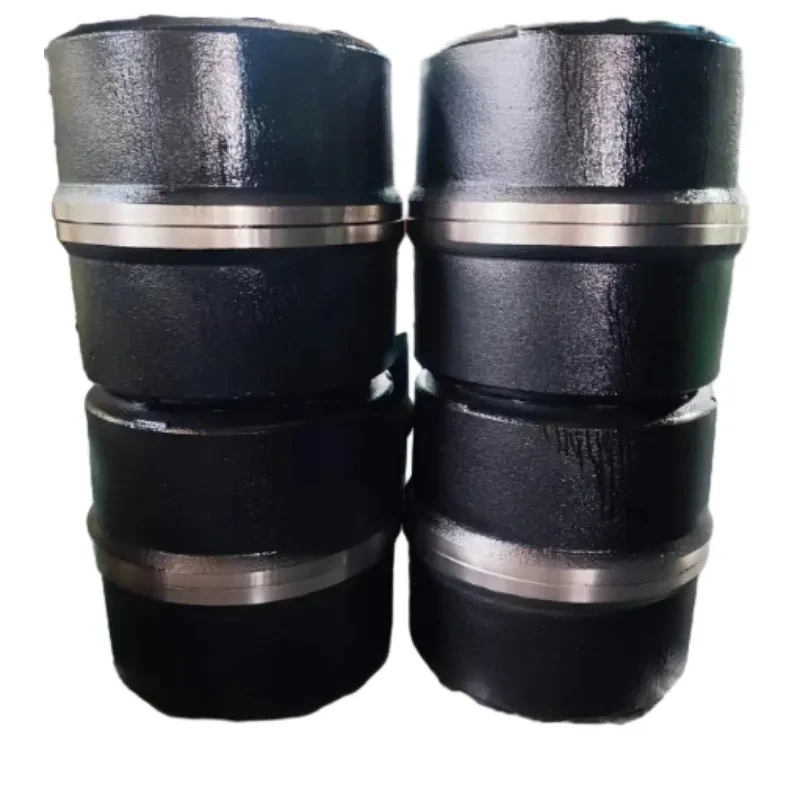
-
 Afrikaans
Afrikaans -
 Albanian
Albanian -
 Amharic
Amharic -
 Arabic
Arabic -
 Armenian
Armenian -
 Azerbaijani
Azerbaijani -
 Basque
Basque -
 Belarusian
Belarusian -
 Bengali
Bengali -
 Bosnian
Bosnian -
 Bulgarian
Bulgarian -
 Catalan
Catalan -
 Cebuano
Cebuano -
 Corsican
Corsican -
 Croatian
Croatian -
 Czech
Czech -
 Danish
Danish -
 Dutch
Dutch -
 англійська
англійська -
 Esperanto
Esperanto -
 Estonian
Estonian -
 Finnish
Finnish -
 French
French -
 Frisian
Frisian -
 Galician
Galician -
 Georgian
Georgian -
 German
German -
 Greek
Greek -
 Gujarati
Gujarati -
 Haitian Creole
Haitian Creole -
 hausa
hausa -
 hawaiian
hawaiian -
 Hebrew
Hebrew -
 Hindi
Hindi -
 Miao
Miao -
 Hungarian
Hungarian -
 Icelandic
Icelandic -
 igbo
igbo -
 Indonesian
Indonesian -
 irish
irish -
 Italian
Italian -
 Japanese
Japanese -
 Javanese
Javanese -
 Kannada
Kannada -
 kazakh
kazakh -
 Khmer
Khmer -
 Rwandese
Rwandese -
 Korean
Korean -
 Kurdish
Kurdish -
 Kyrgyz
Kyrgyz -
 Lao
Lao -
 Latin
Latin -
 Latvian
Latvian -
 Lithuanian
Lithuanian -
 Luxembourgish
Luxembourgish -
 Macedonian
Macedonian -
 Malgashi
Malgashi -
 Malay
Malay -
 Malayalam
Malayalam -
 Maltese
Maltese -
 Maori
Maori -
 Marathi
Marathi -
 Mongolian
Mongolian -
 Myanmar
Myanmar -
 Nepali
Nepali -
 Norwegian
Norwegian -
 Norwegian
Norwegian -
 Occitan
Occitan -
 Pashto
Pashto -
 Persian
Persian -
 Polish
Polish -
 Portuguese
Portuguese -
 Punjabi
Punjabi -
 Romanian
Romanian -
 Russian
Russian -
 Samoan
Samoan -
 Scottish Gaelic
Scottish Gaelic -
 Serbian
Serbian -
 Sesotho
Sesotho -
 Shona
Shona -
 Sindhi
Sindhi -
 Sinhala
Sinhala -
 Slovak
Slovak -
 Slovenian
Slovenian -
 Somali
Somali -
 Spanish
Spanish -
 Sundanese
Sundanese -
 Swahili
Swahili -
 Swedish
Swedish -
 Tagalog
Tagalog -
 Tajik
Tajik -
 Tamil
Tamil -
 Tatar
Tatar -
 Telugu
Telugu -
 Thai
Thai -
 Turkish
Turkish -
 Turkmen
Turkmen -
 Ukrainian
Ukrainian -
 Urdu
Urdu -
 Uighur
Uighur -
 Uzbek
Uzbek -
 Vietnamese
Vietnamese -
 Welsh
Welsh -
 Bantu
Bantu -
 Yiddish
Yiddish -
 Yoruba
Yoruba -
 Zulu
Zulu
brake drum casting process
The Brake Drum Casting Process An Overview
The brake drum is a critical component in the braking systems of many vehicles, providing the necessary friction to stop the wheels from turning. The fabrication of brake drums involves several intricate processes, with casting being one of the most essential methods. This article explores the brake drum casting process, highlighting its significance and the steps involved.
Casting is a manufacturing process in which liquid material is poured into a mold to solidify into a specific shape. For brake drums, the most commonly used material is cast iron, known for its excellent strength, durability, and heat resistance. The casting process for brake drums typically includes several key stages pattern making, mold preparation, pouring, cooling, and finishing.
The Brake Drum Casting Process An Overview
Mold Preparation Once the pattern is complete, a mold is created. This involves placing the pattern in a two-part mold made from sand, which is then compacted to hold its shape. The mold's design must include vents to allow gases to escape during pouring, which is critical to preventing defects in the final product.
brake drum casting process

Pouring After the mold is prepared, molten cast iron is poured into it. The temperature of the molten metal can exceed 1400 degrees Celsius, ensuring it flows easily into all areas of the mold. Proper pouring techniques are vital to prevent issues such as air pockets and uneven filling, which can compromise the strength of the brake drum.
Cooling Following the pouring, the mold is allowed to cool. The cooling time can vary based on the thickness of the drum and the specific alloy used. Once adequately cooled, the mold is removed, revealing the rough cast brake drum.
Finishing The final stage involves cleaning and machining the brake drum. This process includes removing any excess material, polishing the surface, and ensuring that all dimensions meet specified tolerances. Proper finishing is crucial, as it affects both the performance and safety of the brake system.
In conclusion, the casting process for brake drums is a sophisticated procedure that demands precision and expertise. From pattern making to finishing, each step plays a vital role in creating a reliable component that ensures vehicle safety. As automotive technology progresses, the advancements in casting techniques continue to enhance the performance and durability of brake drums, making them an essential part of modern vehicles.
-
Rear Drum Brakes Maintenance TipsНовиниAug.04,2025
-
Key Components Affecting Brake Drum FunctionНовиниAug.04,2025
-
Important Inspection for Truck Drum BrakeНовиниAug.04,2025
-
How to Prepare for Changing Rear Drum BrakesНовиниAug.04,2025
-
Essential Tools for Cleaning Drum Brakes ProperlyНовиниAug.04,2025
-
Brake Drum Function GuideНовиниAug.04,2025
-
Safety Features of Red Brake DrumsНовиниAug.01,2025
